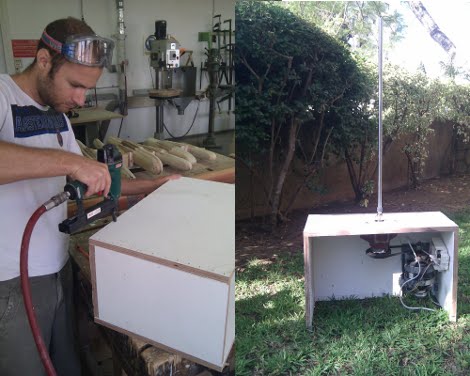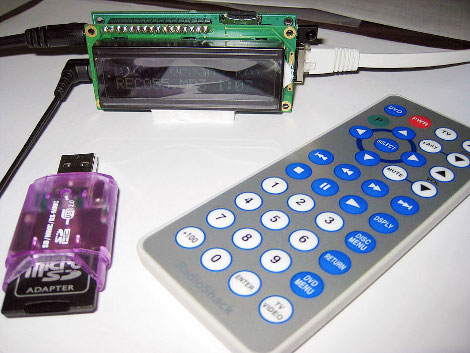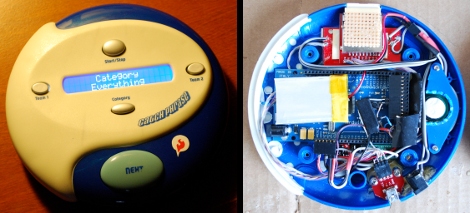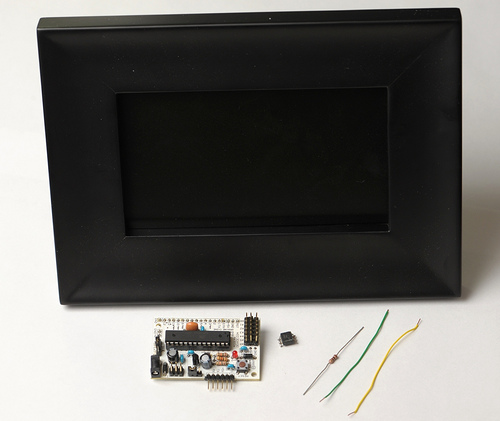
[Ytai] let us know about his POV globe, all four parts of its current progress. While he says he was inspired to write up the project from a YouTube clip, we know the real reason. Regardless, the plan is to have a 2 foot diameter globe with 256 LEDs spinning at 50 revolutions per second streaming images from an SD card using SPI. While the project isn’t completed yet, we know [Ytai] will pull through like he has in the past, and you can be sure we’ll keep you up to date on his progress.















